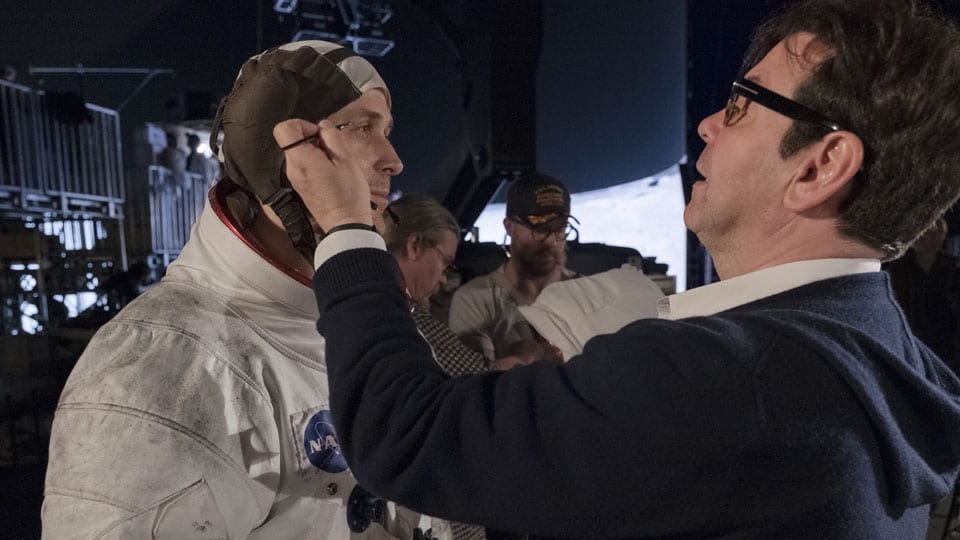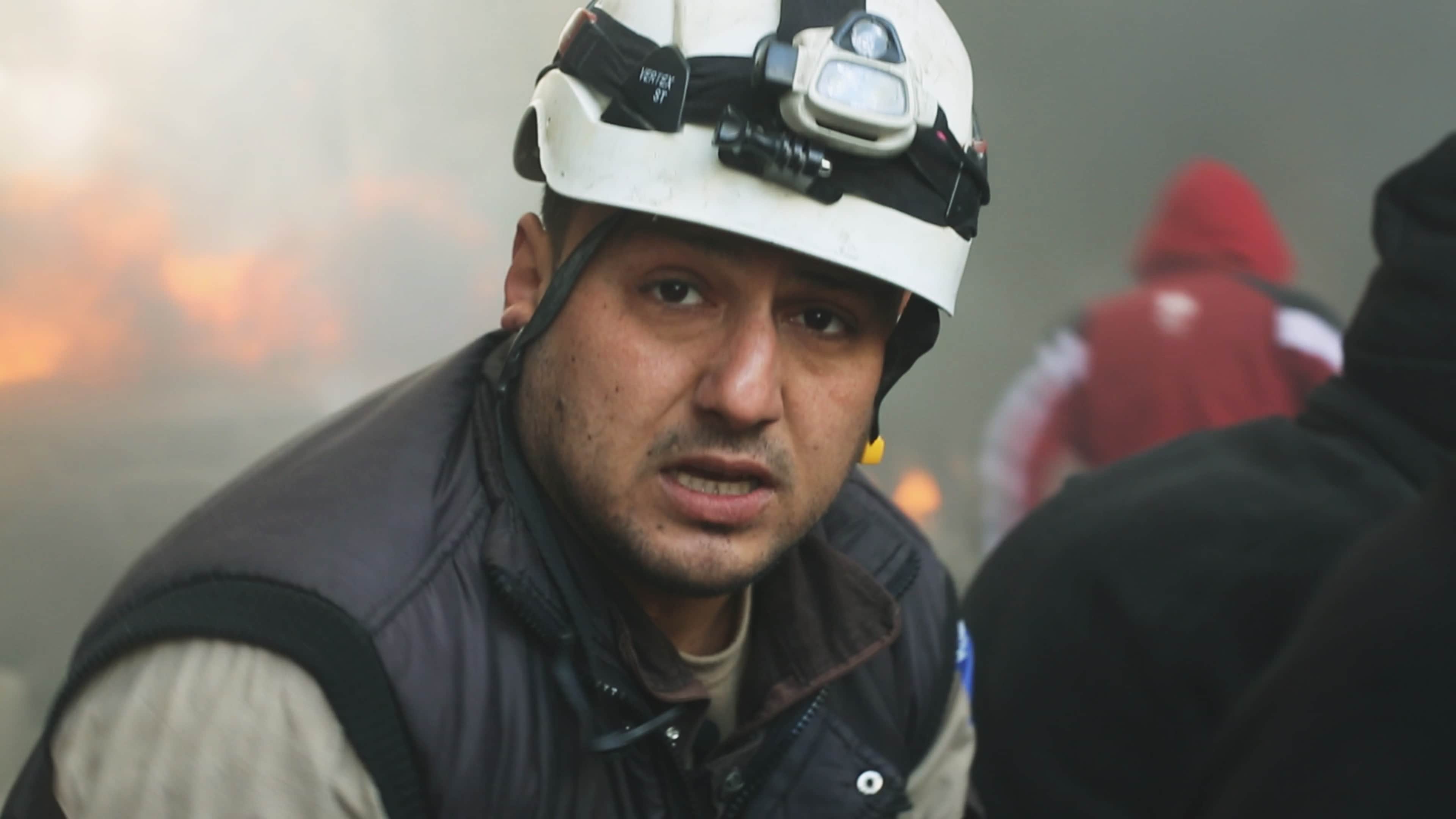
In 2013, during the siege of Aleppo by the Assad regime, director Feras Fayyad started shooting on his own, following the White Helmets, the volunteer first responders who organized to protect their neighborhoods and save the civilian lives impacted by Russian bombs. He wanted to learn why people remained in their homes despite the extreme danger from the attacks that were reducing their city to rubble. He was not interested in producing a news report, but rather in observing his subjects to find out the reasons behind their actions.
Despite the dangers to his own life posed by shooting in the middle of a war zone, Fayyad brings a new perspective to the Syrian conflict with his film, Last Men in Aleppo, a gripping portrayal of the extraordinary bravery and touching humanity of ordinary people caught in a civil war.
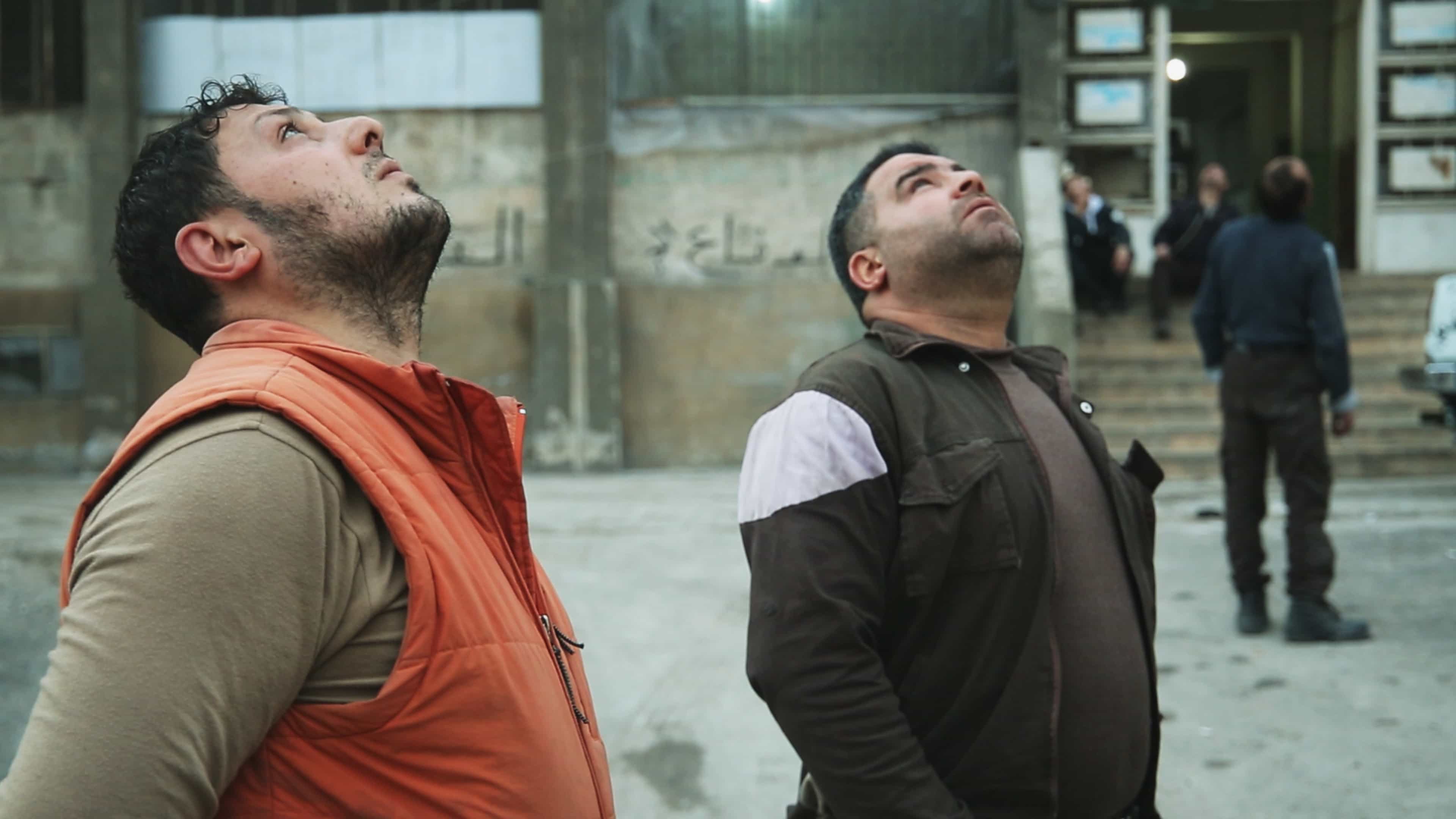
The process of shooting a documentary evolved. Originally Fayyad followed eight characters, but eventually narrowed his focus to the three most dramatically engaging subjects––Khaled, Mahmound, and Nagieb––shot with the help of director of photography Fadi Al Alabi and local cinematographers Mujahed Abo Aljood and Thaer Mohammed. To get close to the characters and their thinking, the filmmakers placed the camera at eye line level. This allowed the viewers to feel close to “the moments that put pressure on their lives.”
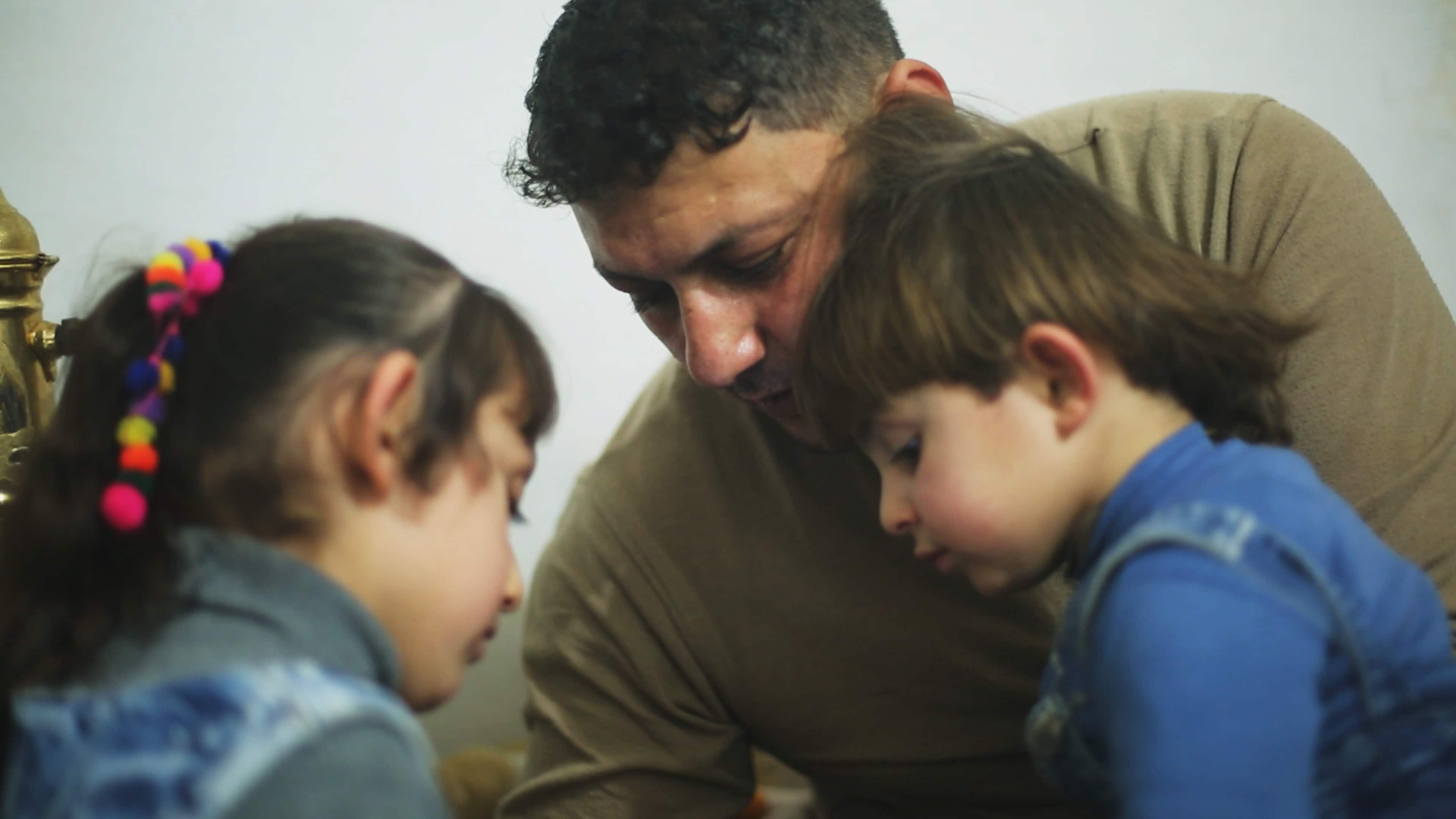
The director worked with small teams of 2-3 on location. The company shot with small cameras including the Canon 5D Mark III and 6D, and GoPro, along with 35mm lenses. Different lenses were used dependent upon the situation in which they were filming. They used wide lenses when shooting Khaled with his daughters and friends in order to make the camera feel like a part of the family. “We used all our cinematic tools to help us to capture the best moment,” explained Fayyad.
The director never wanted to influence the characters to create any specific moment. He wanted the story to unfold naturally, even if many of the same types of things happened again and again. “I spent a long time. In my mind this is a side of the story,” stated Fayyad. “Cinema Verite´ is waiting for something to happen and capture it in the storytelling.”
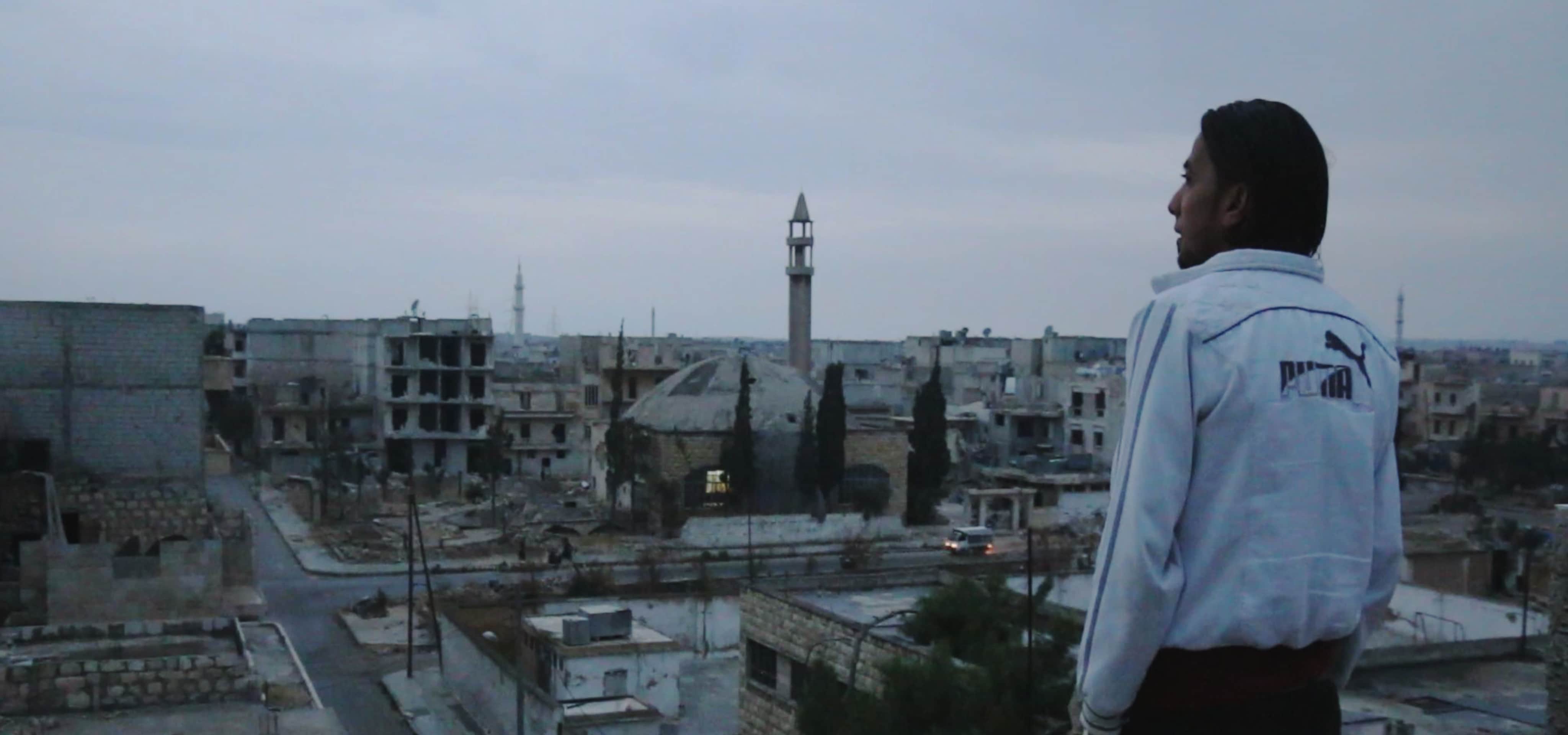
In addition to the difficulty of shooting during a war, making the characters comfortable with the camera was the most challenging aspect of the production. The director had to develop trust with the film’s subjects so that they would open up and tell their stories, and feel safe to invite the filmmakers into their homes and private lives. In the case of this documentary, the relationships spanned years. The filmmakers began to think of the safety of the characters more than their own safety.
“What I wanted was for the camera to feel like their shadow,” shared Fayyad. “One of the emotional things as we made connections is that they got be our friends, very close. You see them every day and then you start to be scary about everything that could happen.”
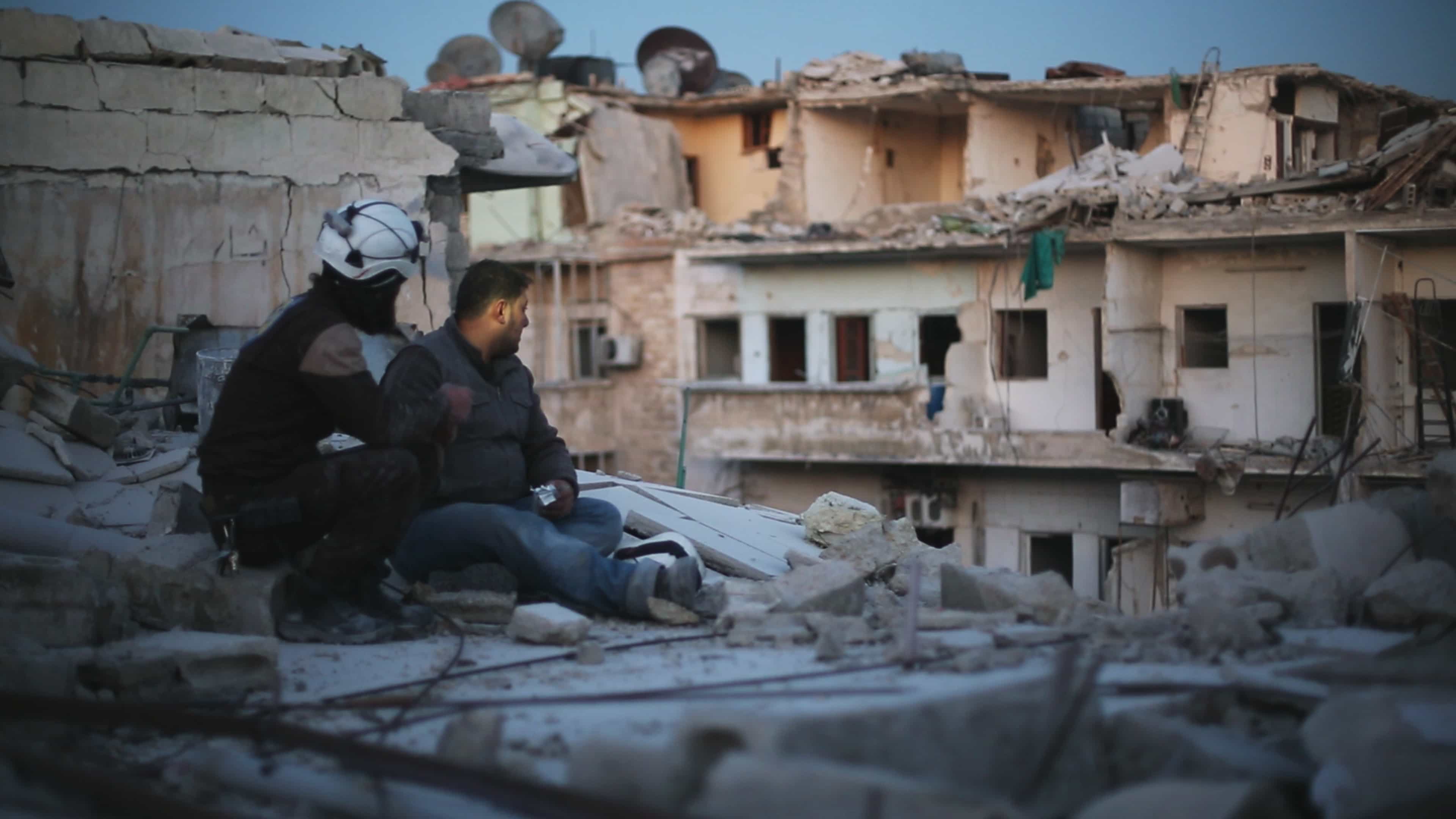
The main character Khaled was a true hero, but Fayyad felt it was most important to show him as a human. Fayyad felt that treating Khaled as a hero was “disrespectful” because it put more responsibility on the man’s shoulders. Media that depicted the people as victims also saddened the director. He wanted to be careful not to create “propaganda.”
About 350 hours worth of footage was shot between 2013 and 2016, which the director pared down to the 80 hours of selects that he gave to Danish editor, Steen Johannessen and editor, Michael Bauer when funding came in for the finishing of the film in 2016. Fayyad was very careful with his choices when telling the story. He wanted to make the “scenes very honest with the audience so the audience feels very close to the subject.” Although the film is challenging to watch, it is powerful and important, and hopefully a tool for change.





